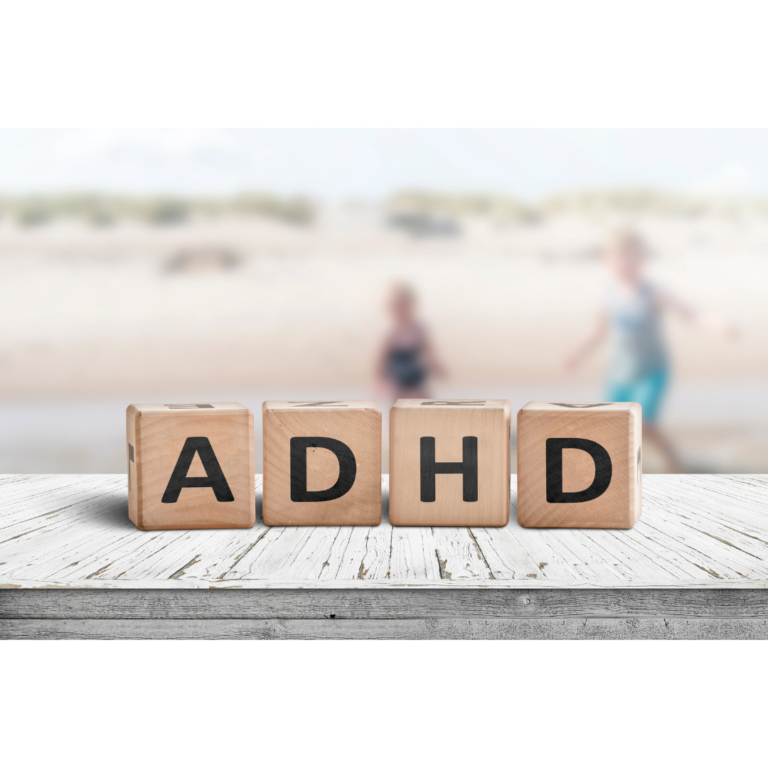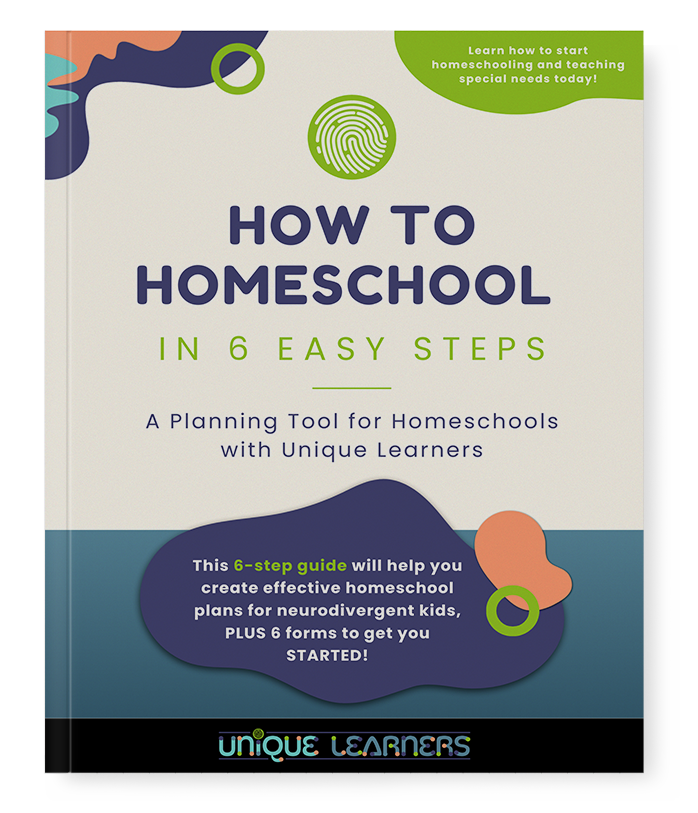Homeschooling a child with ADHD can be challenging, but with the right strategies, it can be an effective and rewarding experience.
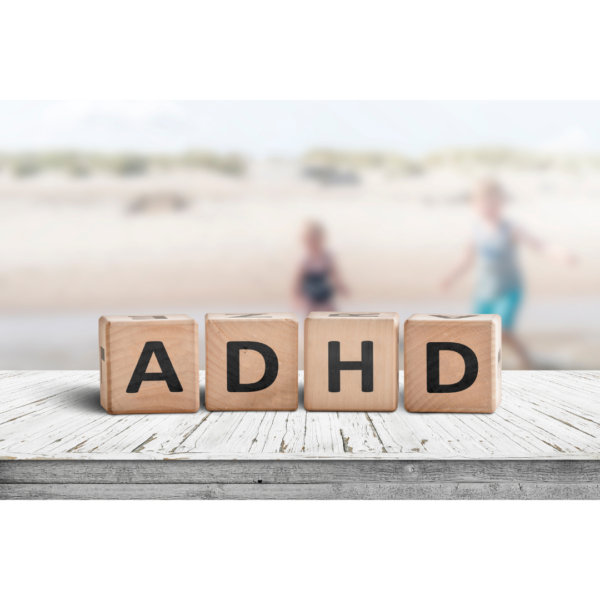
Here are some practical strategies to consider:
Establish a Routine
Some families do best with times to follow for each subject, chores, and other activities. We have found that a routine with estimated times works best, so that we follow the sequence of the routine yet have the flexibility to continue working on something engaging without interruption. Whichever way you set your routine, consistency and predictability can help in managing ADHD symptoms.
Establish clear expectations
Clear expectations for household rules in positive terms helps to set an attitude of cooperation for the entire family. You will also want to set one or two behavioral goals you would like each child to work on each week. Post the household rules and communicate the behavioral goal(s) to your child.
How to respond to positive and negative behaviors

Have positive rewards set up ahead of time so that you can “catch” your child following the rules. Typically, rewards are best if they are relational, like playing a game, family movie night, or going camping for the weekend. Know ahead what you expect through the posted family rules. That will help you focus on observing your child’s efforts to try to gain your approval. Attention from you is the main desired reward whether stated or not.
Anyone who parents a child with ADHD or other behavioral disorders knows that no matter how positive things are going, there will be days when things don’t go so well.
Here is an effective protocol for dealing with negative behaviors.
First, you need to know what consequences you have set up ahead of time. This will help you keep a calm face, voice, and body. When we yell or point fingers or grab a child, we are demonstrating emotional dysregulation, and it doesn’t help to calm the child and train the cause and effect thinking that kids with ADHD are lacking.
If your child is young, state the rule and that the child is not complying. Lead them to a preselected time out location to sit for the number of minutes as their age. So…age 8 would have an 8-minute time out.
Do not allow a toy, video, or any stimulation that could be considered a type of reward. If your child gets up before the time has completed, lead them back to the location and start the time over again.
When the child has waited calmly for the required amount of time, go to the child and ask why they needed a time out. If they aren’t sure, do not provide a direct answer. Instead retell the events leading up to the time out. Ask what might have happened if they were allowed to continue their behavior. Discuss only for about a minute or two to be sure your child understands what the expectation is and why. Remember you are patiently training the desired work or social behavior that will help your child to be an effective learner or to have friends.
For older kids, 4 rules help:
- Follow Directions
- Accept a “No” Answer
- Accept Consequences
- Ask to Disagree Appropriately
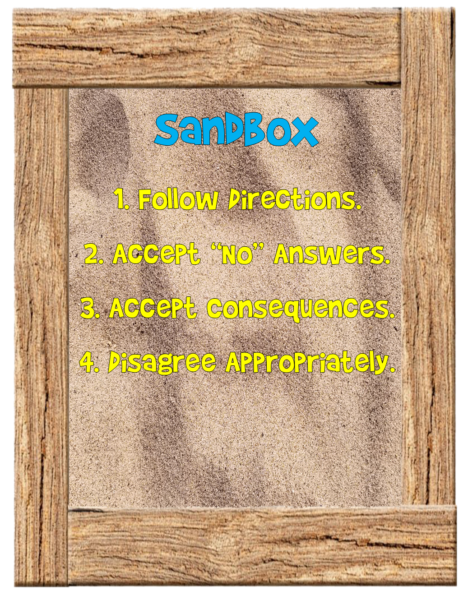
The 4 rules for older kids, like age 9 through 18, most of the problems come from not following directions. You can help your student to complete assignments with various strategies, but what really causes conflicts is not following directions. Many kids with ADHD do not like to be told “No” because they tend to be impulsive and want what they want when they want it. Rather than bribing a specific behavior in a single event to pay off good behavior with what the teen is expecting, the 4 rules help to learn the skills that will be needed for a job. The consequences are also set up ahead of time and stay the same every time.
The 4 consequences are:
- Short household chore for 30 minutes or less.
- If the teen is still not accepting the consequence, then they have “earned” a major consequence, which is again work on a major chore, like yard work or a task that will take longer than a half hour.
- Completion of a SODAS form or a 5-step problem solving worksheet. At first, you will want to fill this out together so that your teen gets the idea of how to find the real cause of a problem or conflict.
- Loss of privileges for 24 hours. This prevents over punishing for an issue because you are angry. Even teens with ADHD forget what a punishment is for beyond a 24 hour period. There are times when a consequence may involve loss of privileges for longer periods.
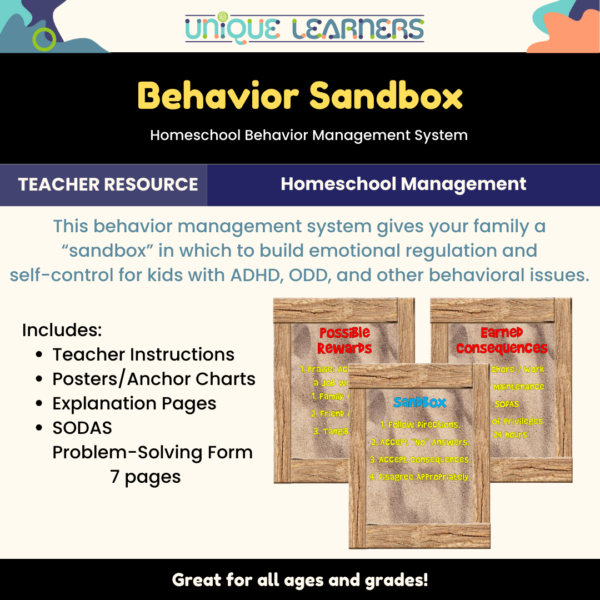
If you want this Homeschool Behavior Sandbox set of expectations, possible rewards, and the 4 consequences, click here to download it for FREE.
For example, our son loved to play with remote friends on his Xbox. He was responsible to use internet safety while on Xbox. However, because he had a subscription, my payment information was attached to his console. Several times, he would purchase skins or in-game perks without asking. The consequence for charging for items without permission was to lose his Xbox and work off the cost of the charges with chores. The Xbox was lost until the charges were paid off. Most of the time, he would become more compliant with fewer conflicts. He also would take months to decide to pay off the “debt” by doing chores until he heard about some kind of special event. Interestingly, he also has no sense of time, so when he wanted to get his Xbox back, he would need to work several days to get the console back. He would barely make it! He did this three times, and hasn’t asked for it back this time because other activities have taken precedence. We’ll see when he decides he needs his console back. LOL
Break Tasks into Smaller Parts

Divide learning tasks into manageable chunks to prevent overwhelming your child. Many worksheets have a lot of print on the page. Sometimes a funny picture may seem motivating but can actually be a visual distractor. Look for pages with a lot of “white space” with few problems to work on. Or, have your student do the odds. Then if the skills aren’t mastered, have your child do the evens the next day.
Long-term recall is difficult for many kids with ADHD. You can grade daily independent work until mastery is reached. If you decide to do end of chapter tests, you may want to consider helping your child make cue cards or provide open-book tests. Recall of content areas, like social studies and science, is different for each person. I emphasize the major concepts rather than lots of memorization of the details that don’t matter in daily life. I have found that my students recall more information when the pressures of taking tests are off the plate.
Use Visual Aids

Incorporate visual aids, such as charts, colorful diagrams, and visual schedules, to help your child understand and remember information more effectively. Visuals can enhance engagement and reduce distractions.
Utilize Multisensory Techniques
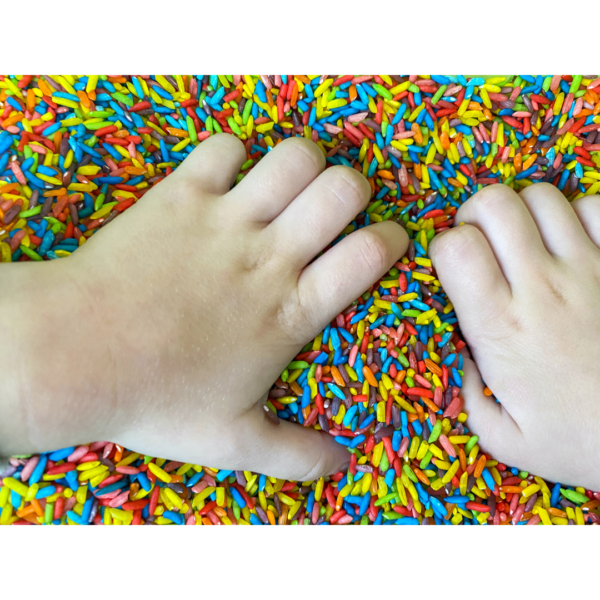
Multisensory means see it, hear it, say it, touch it, or move it with as many senses activated simultaneously as possible. Engage different senses during learning by incorporating hands-on activities, movement, and interactive materials. This can increase engagement, improve focus, and enhance learning.
I use a lot of moving games, tactile activities, and videos. For many of my students with special learning needs, reading and answering questions does not equate to quality learning.
Provide Regular Breaks
ADHD children often benefit from frequent breaks to release energy and re-focus. Breaks can include physical activities, stretching exercises, or short relaxation sessions. Brain Gym activities take only a few minutes and help to reactivate the brain’s attention center. Breaks do not need to be long. Five to 15 minutes is a good amount of time to have a snack and move around a bit. I have also found that making the lessons short, concise, and focused helped us get paperwork “school” done in just a couple of hours. The afternoon was scheduled for clubs, homeschool social groups, projects, and free play. Sitting for many hours was never part of our routine.
Implement Organizational Strategies
Help your child develop organizational skills by using tools like planners, checklists, and visual reminders. Teach them how to prioritize tasks and manage their time effectively.
Use Positive Reinforcement
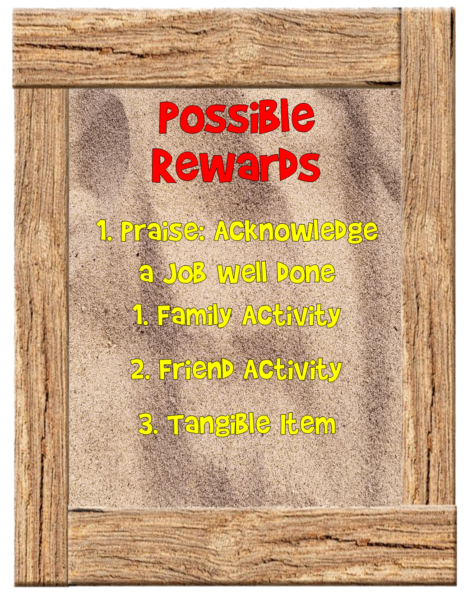
Provide regular praise, rewards, and encouragement for your child’s achievements and efforts. Positive reinforcement can enhance motivation and self-esteem.
Individualize Instruction
Tailor your teaching methods and materials to match your child’s interests and learning needs. Again, use multisensory learning activities. This can make learning more engaging and relevant to their individual needs.
Collaborate with Supportive Professionals
Consult with professionals experienced in ADHD, such as therapists, psychologists, psychiatrists, or educational consultants, to gain additional guidance and support. You will have the support you need by becoming a green member in Unique Learners. Besides having access to deep discounts of specialized curriculum, a community of other homeschool parents in a private Unique Learners facebook group, Zoom meetings for group consultations, and a free 30-minute consultation for your own specific situation.
Remember, every child with ADHD is unique, so it may take time to find the strategies that work best. Be patient, flexible, and provide a supportive learning environment. You have a big job to help your child or teen with ADHD to be a successful learner ready for a career. You can do this!
